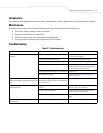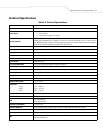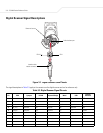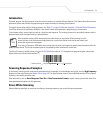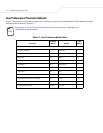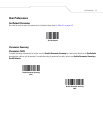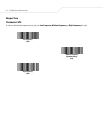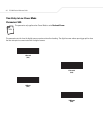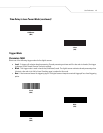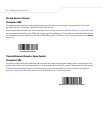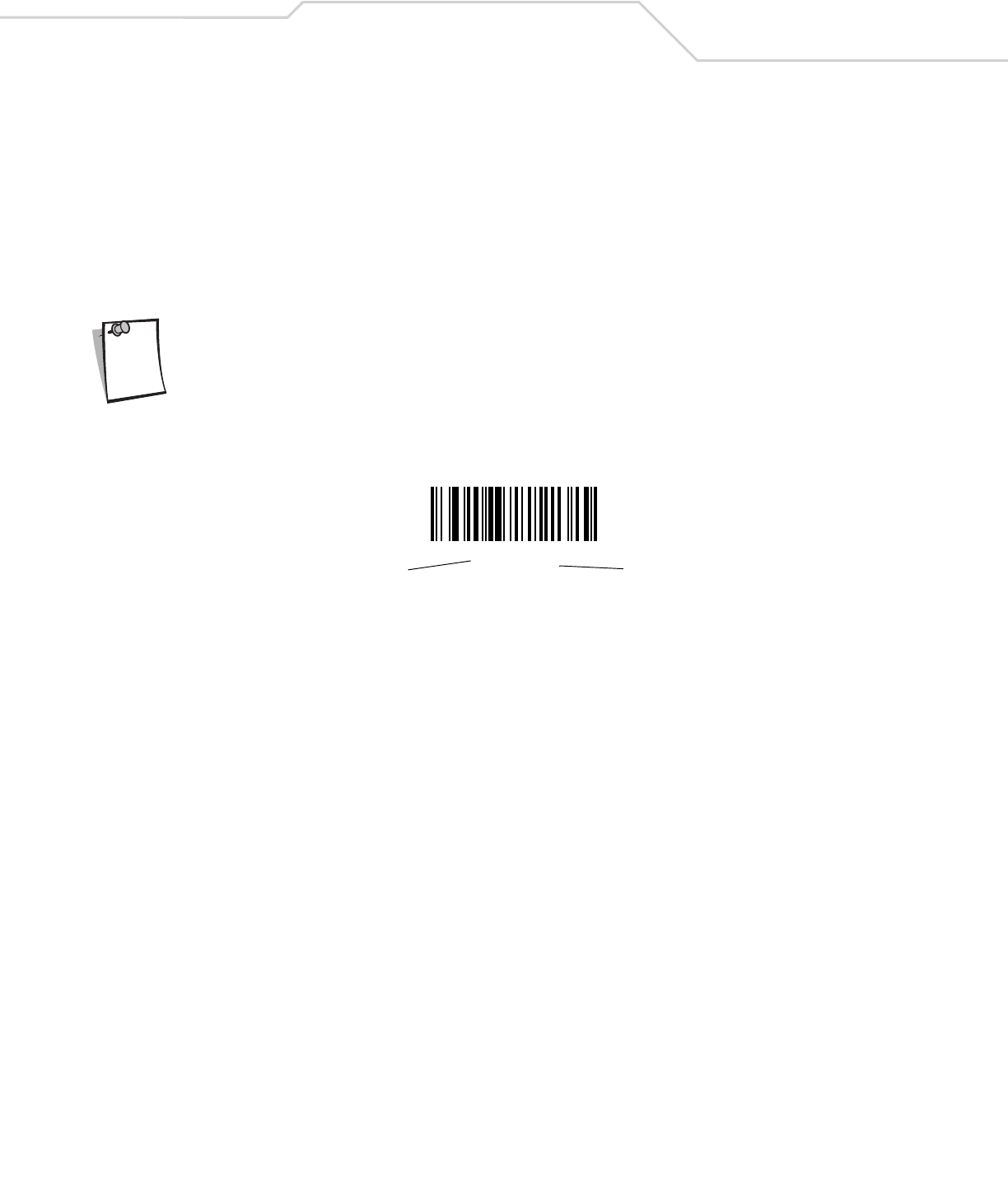
User Preferences 4-3
Introduction
If desired, program the digital scanner to perform various functions, or activate different features. This chapter describes each user
preference feature and provides the programming bar codes necessary for selecting these features.
The digital scanner ships with the settings shown in the Table 4-1 on page 4-4 (also see Appendix A, Standard Default Parameters
for all host device and miscellaneous defaults). If the default values suit requirements, programming is not necessary.
To set feature values, scan a single bar code or a short bar code sequence. The settings are stored in non-volatile memory and are
preserved even when the digital scanner is powered down.
Most computer monitors allow scanning the bar codes directly on the screen. When scanning from the
screen, be sure to set the document magnification to a level where the bar code can be seen clearly, and
bars and/or spaces are not merging.
If not using a Synapse or USB cable, select a host type (see each host chapter for specific host information) after the
power-up beeps sound. This is only necessary upon the first power-up when connected to a new host.
To return all features to default values, scan the Set All Defaults bar code on 4-5. Throughout the programming bar code menus,
default values are indicated with asterisks (
*).
Scanning Sequence Examples
In most cases, scanning one bar code sets the parameter value. For example, to set the beeper tone to high, scan the High Frequency
(beeper tone) bar code listed under Beeper Tone on page 4-6. The digital scanner issues a fast warble beep and the LED turns green,
signifying a successful parameter entry.
Other parameters, such as Serial Response Time-Out or Data Transmission Formats, require scanning several bar codes. See
these parameter descriptions for this procedure.
Errors While Scanning
Unless otherwise specified, to correct an error during a scanning sequence, just re-scan the correct parameter.
Note
*High Volume
Feature/Option
* Indicates Default





